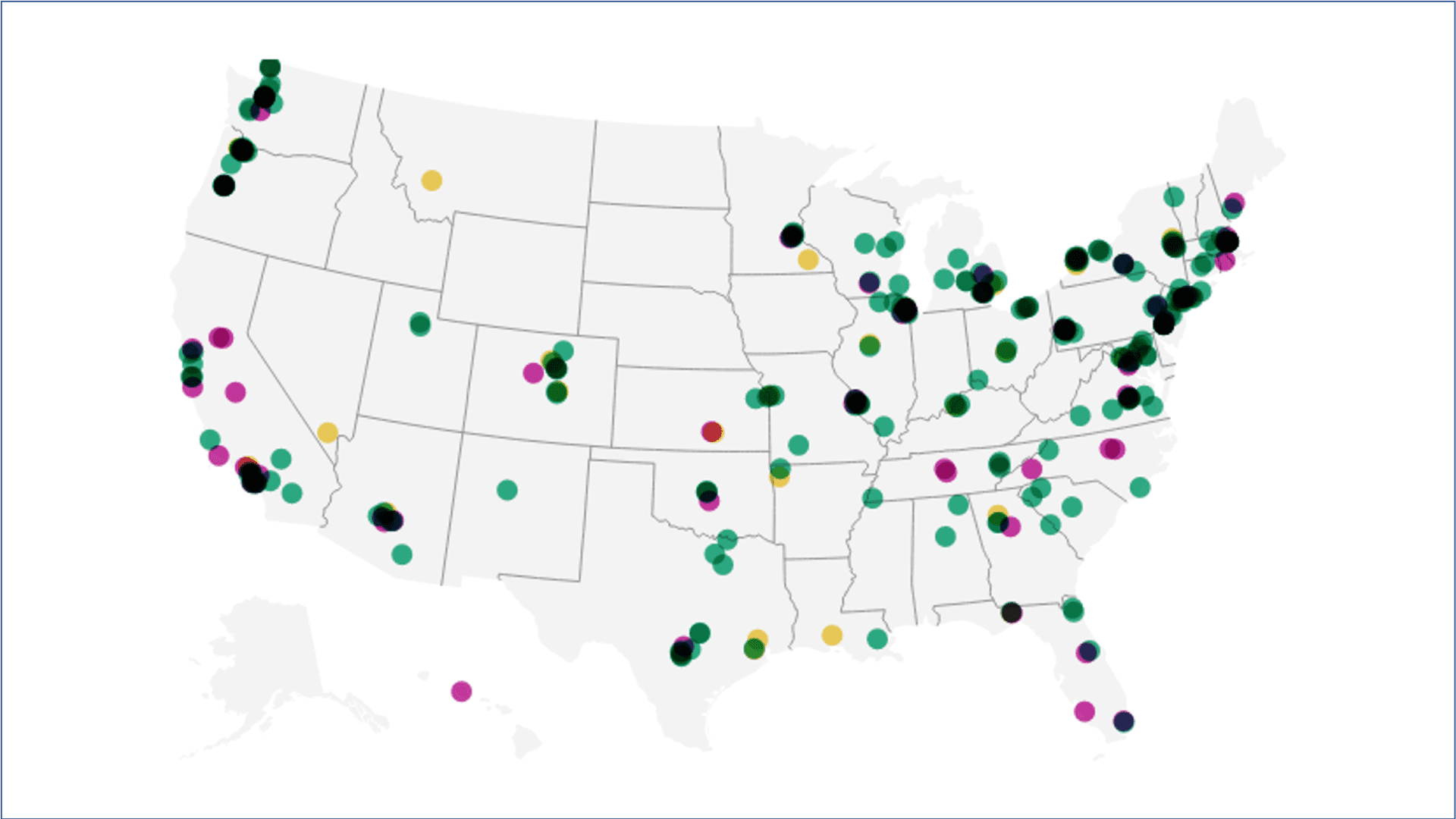Products You May Like
A year ago, workers at a Starbucks store in Buffalo, New York, voted to unionize, a first for the chain.
The union win at the Elmwood Avenue location has since spurred more than 300 of the chain’s cafes to follow suit with their own petitions for union elections and inspired workers at Chipotle Mexican Grill, REI and Trader Joe’s to organize their own stores. In the past year, more than 260 Starbucks stores have voted in favor of unionizing, giving the union a win rate of 80%, according to data from the National Labor Relations Board.
In April, as the union movement continued to gain steam, Starbucks CEO Kevin Johnson announced he would retire. Howard Schultz, who built the company into a global coffee giant, returned for a third stint in the top job with a goal of reinventing Starbucks that included plans to repair its relationship with workers.
With Schultz at the helm, the Seattle-based company has been fighting back against the union push, and a slowdown in union petition filings since May shows that those efforts may be paying off. Under 3% of the more than 9,000 Starbucks-owned U.S. locations have voted to unionize.
“Over the last year we’re proud to have announced industry-leading, partner-focused additional investments including increased pay, modernized training and collaboration, additional and improved benefits, store innovation, and more, bringing the total investments to nearly $1 billion in this fiscal year alone,” Starbucks spokesperson Rachel Wall said in a comment to CNBC.
Michelle Eisen, an employee at the Elmwood Avenue location in Buffalo, credited much of the gains for workers to the union.
“We have pressured the company to implement raises, seniority pay, credit card tipping and more,” she said in a statement. “We have made Starbucks a better company and a better place to work for all baristas – both union and nonunion.”
Starbucks has also fired organizers for unrelated infractions, closed a handful of union stores and withheld higher pay and enhanced benefits from baristas at unionized locations. The company denies allegations that it has engaged in unfair labor practices to quash to the union.
To date, Starbucks and the union have yet to agree on a contract for any of the newly unionized locations, and negotiations have broken down over disagreements about whether union members can join the talks via Zoom.
Representatives from Starbucks have walked out of meetings minutes after they begin, insisting on only face-to-face negotiations, citing federal regulations. The company has filed 22 complaints tied to negotiations with the National Labor Relations Board.
Labor laws don’t require that the employer and union reach a collective bargaining agreement, only that both bargain in good faith. And after a year, workers who lose faith in the union can petition to decertify, putting a ticking clock on negotiations.
Wall said that Starbucks representatives will have appeared in person for more than 75 bargaining sessions with individual stores by the end of the year.
Cathy Creighton, director of Cornell University’s Industrial and Labor Relations branch in Buffalo, said that companies often use delay tactics to frustrate unions and take away momentum.
Unions are rare in the restaurant industry. Only 1.2% of workers at food and drinking outlets were members of unions last year, which is well below the private-sector unionization rate of 6.3%, according to the Bureau of Labor Statistics. But Starbucks’ high-profile union push has led organizers at other restaurants and retailers to follow baristas’ example.
“Outside of Starbucks, I think that it has caused a ripple effect across the economy,” Creighton said. “It’s encouraged other people to file petitions.”
– Data visualization by CNBC’s Gabriel Cortes.
